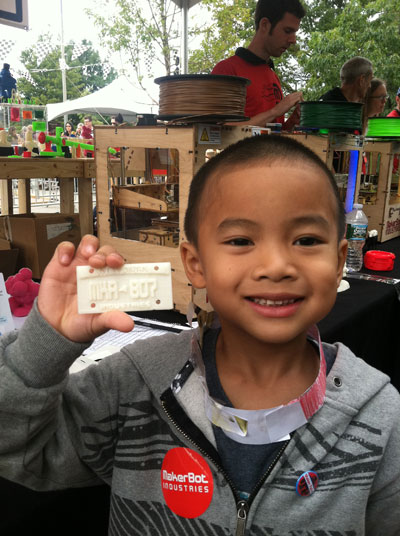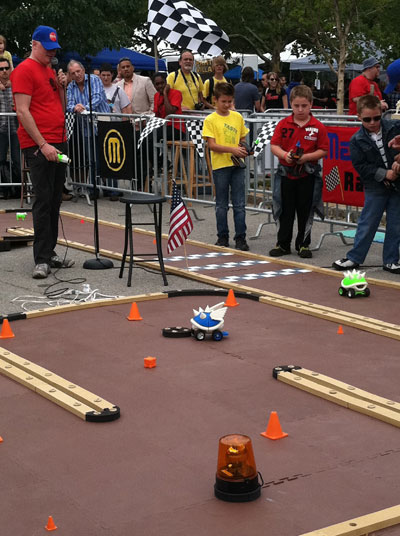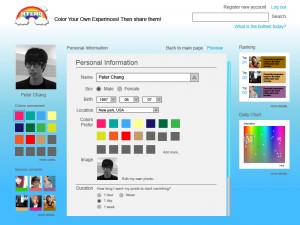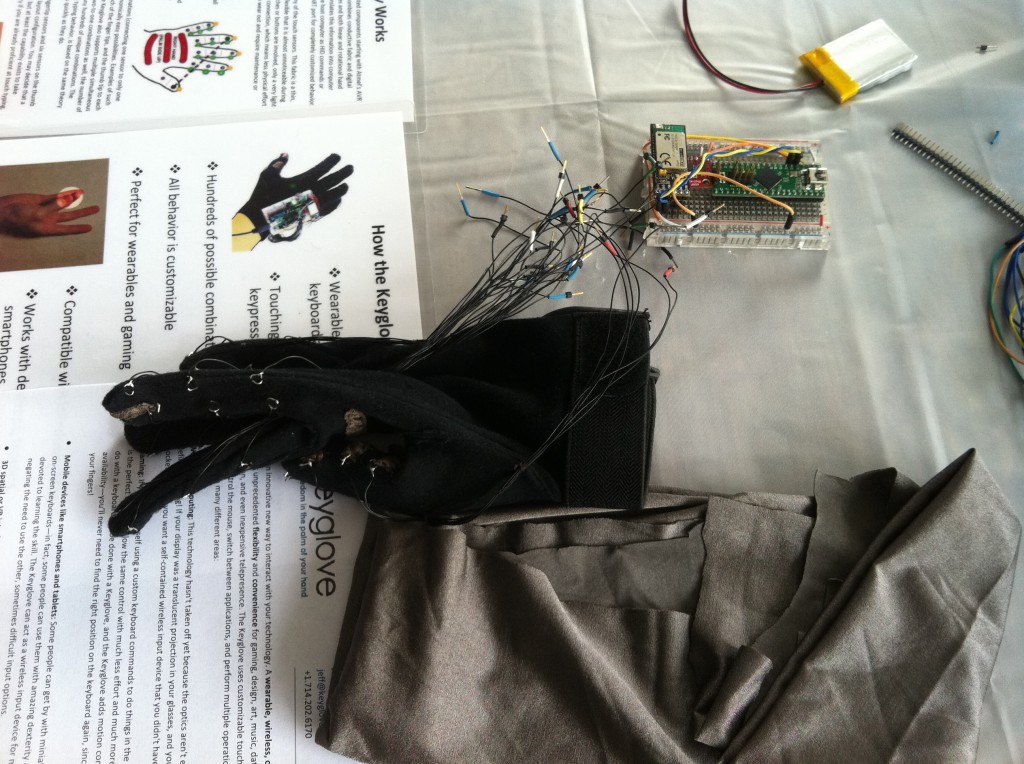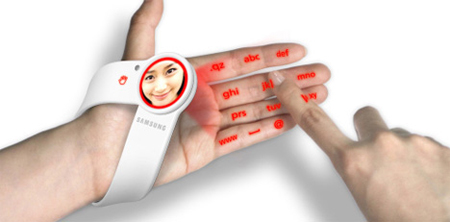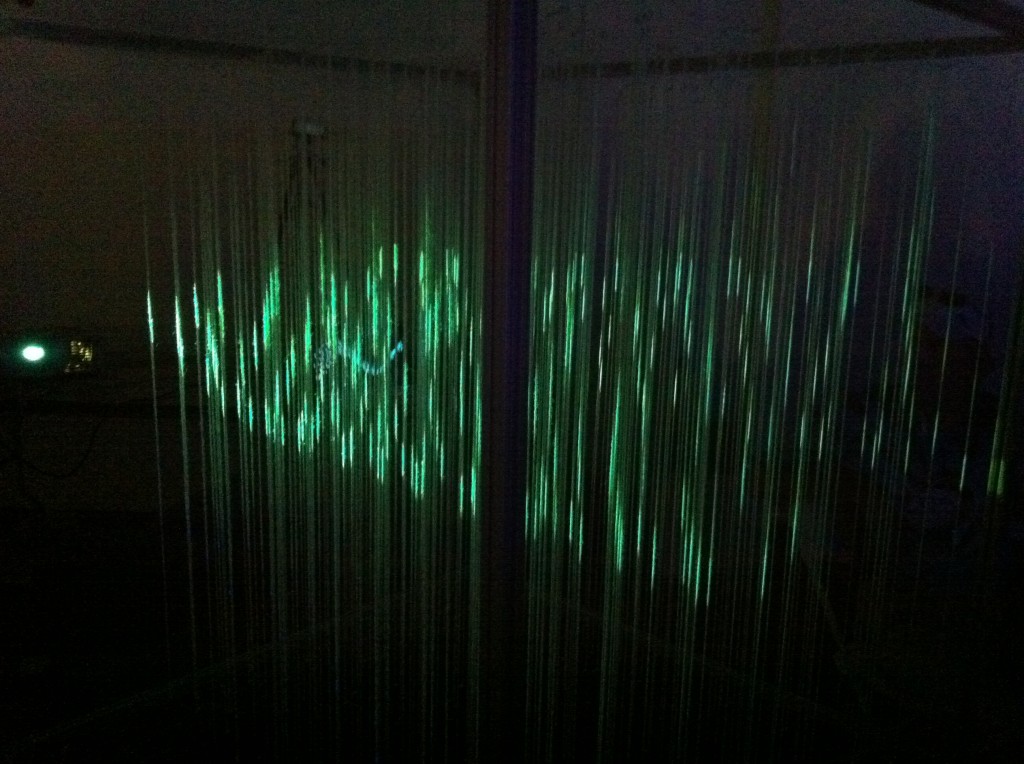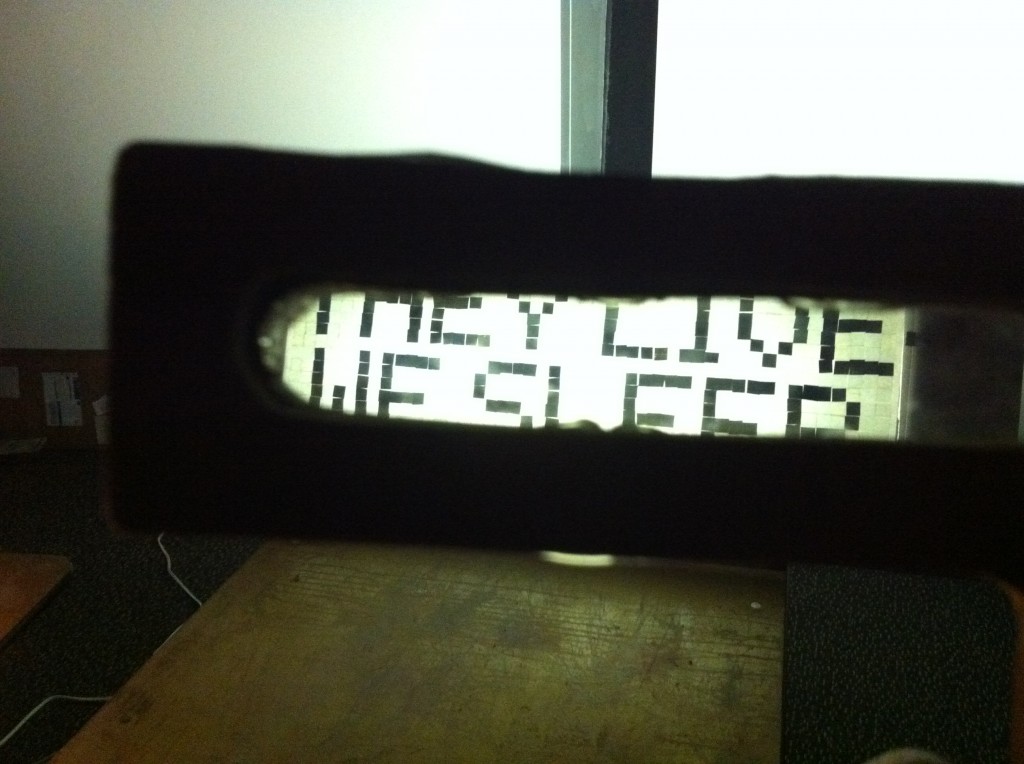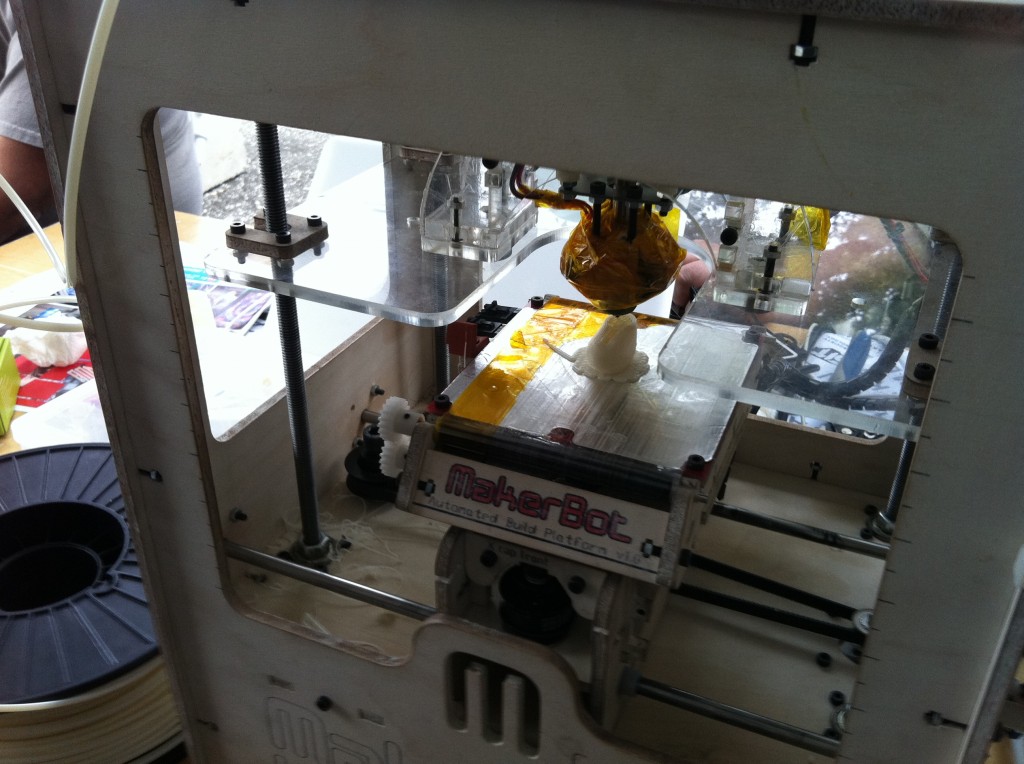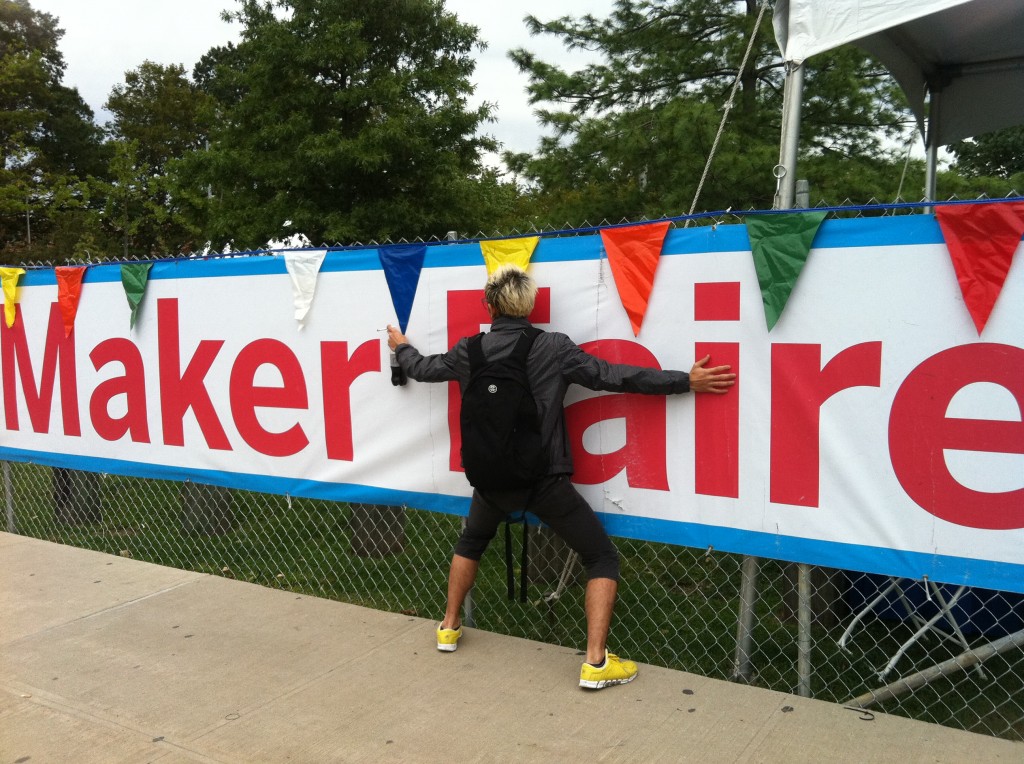This was my second time going to Maker Faire, so naturally the brain starts to make comparisons between the first visit and the second visit. I was a little bit disappointed by the Maker Faire here this year because the vibe was incredibly different. It wasn’t as festive and fun. There were makers, but no faire. I was expecting to see more cool, crazy projects, but most things were pretty scaled-back, and commercial.
However, there were some very interesting projects.
MakerBot Industries 3D Open Source Printer
For $1399, you can buy and build your very own 3D printer that takes an average person about 14 hours to build. It’s not a bad price considering the cost of other 3D printers in existence. When talking to the MakerBot representative, I found out that the printer takes 3D renders from programs like Google’s Sketchup, because they want to keep things as open source as possible. The plastics used to “print” are also relatively affordable. I’m all about saving money, so I think this 3D printer is a very good value, possibly investment.
The MakerBot rep hooked Ping up with a little license plate.
After seeing the printers, we went to check out the Shell Racers made using MakerBot Industries’ 3D printers.
Also there were a lot of training sessions going on. I made an LED flashlight at the RadioShack booth, watched the ITP Processing training session, and watched people learn soldering skills. I spoke with one of the representatives from HTINK, who provide Arduino training classes for children and adults. I asked him if they have tutoring classes in Arduino in case I absolutely suck at it. And if you’re interested, he said we can work something out.
Oh, and this fire-breathing dragon was pretty cool.
Final thoughts
Overall, it seems as if the trend I noticed at Maker Faire is towards open source, which I think is great. It’s a nice little culture all with the goal of helping other people make things.
I was curious as to what my boyfriend (a copywriter in advertising), thought of Maker Faire, since he works with a lot of creative people, but not in the industry. He said, “The Maker Faire was a spirited exhibition of community, creativity, and a thriving subculture. From remote control robots to lifesize firebreathing dinosaurs, the festival is truly a healthy collection of collaboration and likeminded people. Regardless of one’s background, Maker Faire provides a sense of belonging to anyone who has an itch to scratch that can only be filled by making things the good, old-fashioned way: with two hands and an inquisitive mind.”


